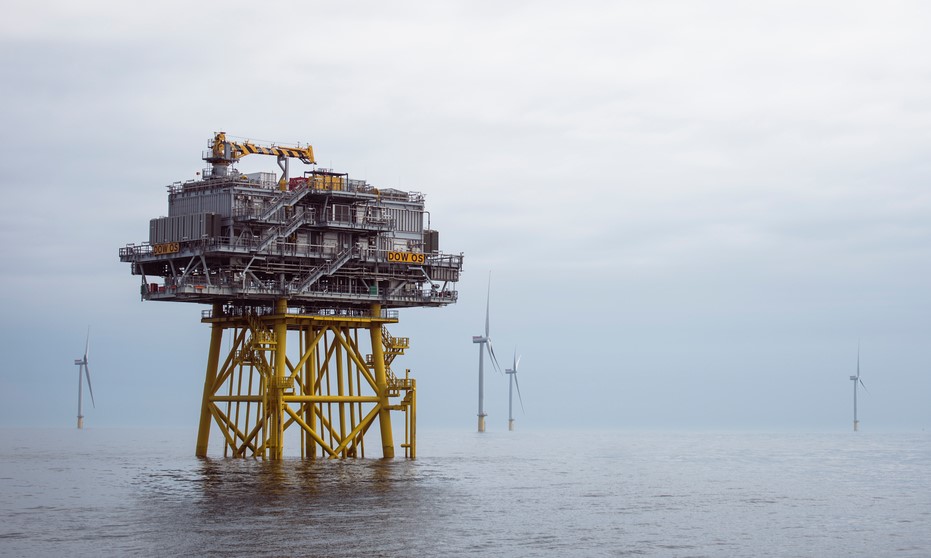
An expected multi-billion capital investment by Equinor at its new Dogger Bank Offshore Wind Farm will see it rival its major oil and gas projects, according to Rystad Energy.
Energy research firm Rystad Energy said today that an expected £11 billion investment by Equinor and joint venture partner SSE from 2020 to 2026 will make it Equinor’s “largest project”.
Audun Martinsen, head of oilfield services research at Rystad Energy, said: “Equinor’s mega offshore wind investment promises hope for a deflated service industry.
“An eleven-digit investment program – a rare occurrence within the offshore oil and gas industry – is entirely unprecedented in the offshore wind space.”
Equinor was successful in its UK Contracts for Difference (CfD) auction to win a UK Government contract for the project last week.
Dogger Bank could produce enough energy to power the equivalent of 4.5 million UK homes.
It will consist of three projects, Creyke Beck A, Creyke Beck B and Teesside A.
Rystad Energy ranked all offshore development projects globally by total investments.
It said that Equinor’s current portfolio, Dogger Bank will rank as number one for the period from 2000 to 2026, even above its UK North Sea Rosebank oil and gas development.
It will also rival the yet-to-be-sanctioned Carcara oil projects in Brazil.
In the global world of offshore, the Dogger Bank investments will rival key Brazilian deepwater oil projects such as Mero and Lula.
Mr Martinsen added: “The influx of offshore wind contracts worth billions of dollars will be welcomed with open arms by marine contractors.
“Many anticipate challenging times ahead given the uncertain outlook for offshore oil and gas developments.
“Order intake is expected to struggle in the early 2020s due to the increasing market share of shale and OPEC oil, and the consequentially reduced oil prices.”
Equinor said last week it hopes to become the “world’s largest offshore wind operator
Mr Martinsen said: “Equinor’s offshore wind master plan could hold the key to reversing this trend, as other operators rally behind the standard-bearer to put wind in the sails of the offshore industry.”
Recommended for you
